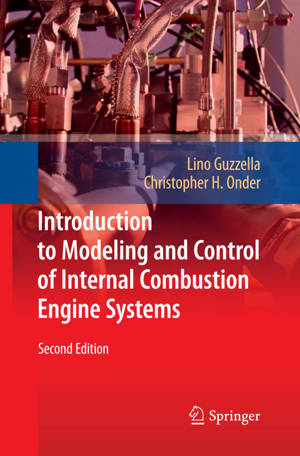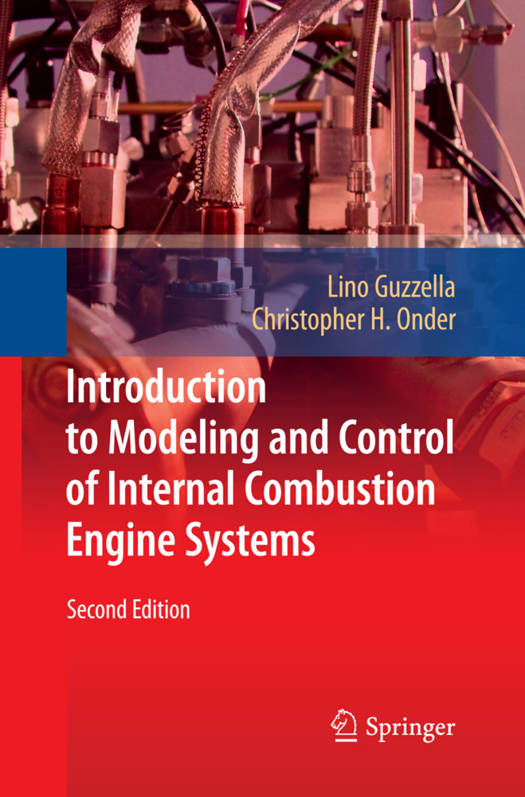
- Retrait gratuit dans votre magasin Club
- 7.000.000 titres dans notre catalogue
- Payer en toute sécurité
- Toujours un magasin près de chez vous
- Retrait gratuit dans votre magasin Club
- 7.000.0000 titres dans notre catalogue
- Payer en toute sécurité
- Toujours un magasin près de chez vous
Introduction to Modeling and Control of Internal Combustion Engine Systems
Lino Guzzella, Christopher OnderDescription
Internal combustion engines still have a potential for substantial improvements, particularly with regard to fuel efficiency and environmental compatibility. These goals can be achieved through control systems. Modeling and Control of Internal Combustion Engines (ICE) introductes readers to cost-effective model-based control system design for ICE. The primary emphasis is on ICE and their auxiliary devices. Mathematical models for these processes are developed in the text and selected feedforward and feedback control problems are discussed. The appendix contains a summary of the most important controller analysis and design methods, and a case study that analyzes a simplified idle-speed control problem. Ideal for engineers and students interested in the design of classical and novel ICE control systems.
Spécifications
Parties prenantes
- Auteur(s) :
- Editeur:
Contenu
- Nombre de pages :
- 354
- Langue:
- Anglais
Caractéristiques
- EAN:
- 9783642107740
- Date de parution :
- 15-12-09
- Format:
- Livre relié
- Format numérique:
- Genaaid
- Dimensions :
- 156 mm x 234 mm
- Poids :
- 689 g

Les avis
Nous publions uniquement les avis qui respectent les conditions requises. Consultez nos conditions pour les avis.






